A while back, we were strolling through rows of vintage cars and trucks at the Goodguys Summit Racing Nationals, when we fell upon a near-pristine 1983 Chevy Cavalier:
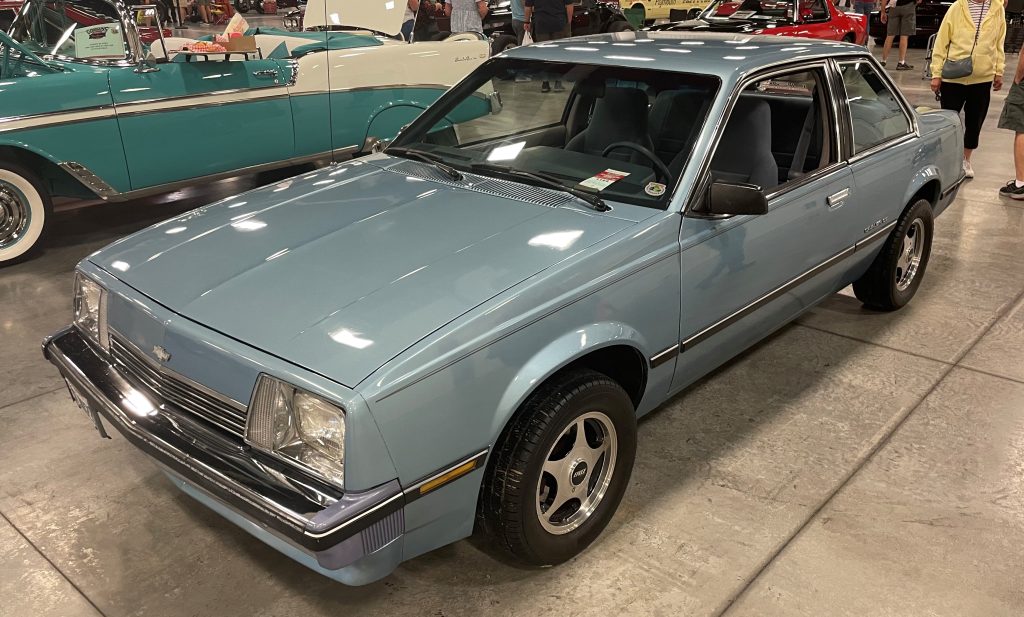
Make no mistake: We loved seeing the tidy GM J-body coupe.
Better still, we loved that it was parked next to a meticulously restored 1956 Bel Air convertible.
But most importantly, we loved talking to its owners, a friendly couple who had originally purchased the Cavalier for their son, only to return it to their personal stable after he moved on to another car.
Over the decades, the two had lovingly cared for the Chevy, keeping it in sound mechanical condition and rust-free—which, considering it was an Ohio car, we think deserves some sort of Nobel Prize.
Viewed in a vacuum, this early FWD Cavalier stands in stark contrast to both the vintage economy cars that preceded it and the plastic-clad models that came after. Call it a time capsule or museum piece if you want, but either way, it’s an interesting and unique ride.
Yet…where does it fit in? Because at the same time, we’ve heard folks express a feeling of melancholy over things like the ever-expanding car field due to the Goodguys’ rolling 25 year eligibility window and the legacy of the post-1970s automobile.
In other words, seeing that Cavalier displayed proudly alongside well-established classic cars at such a highly-regarded event led us to an interesting conundrum…
What Defines a Classic Car?
Before we go any further, let’s stress that this is mostly an opinion piece, and we welcome any discussion on this topic. Get the conversation started in the comments section at the bottom of this article.
While there aren’t many rigid guidelines here, history makes a few things clear. For starters, a vehicle’s original MSRP has no bearing on its classic or collectable status.

Want proof? Go to any car show and count all the Ford Falcons, Chevy IIs, and Dodge Darts you’ll see. Despite being targeted at the compact, budget market, there’s very little argument that those car models are all legit classics today.
Again, reflecting on that delightful Chevy Cavalier at the beginning of this article, there’s no reason to exclude it from the club simply due to its economy car origins.
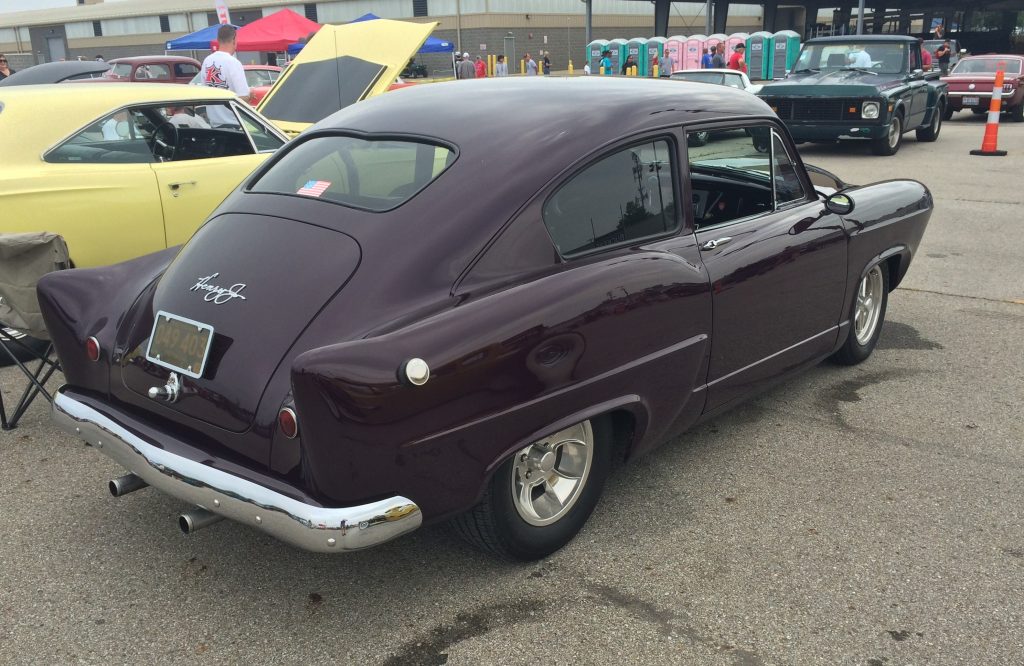
Secondly, no one limits a classic car to a specific nameplate. Sure, there are distinct clubs for Ferraris, Studebakers, Oldsmobiles, Triumphs, etc., but most folks we know wouldn’t think twice about seeing those marques mixed into a single classic car show.
So we feel comfortable saying a vehicle’s make and model is immaterial to its classic status as well. Ergo, a Chevy can hang with a Benz, no problem.

At What Age Does a Car Become Classic?
Well first, we all understand that time is relative, and what’s old to us isn’t necessarily old to someone else. (For the record, my son considers any car with a CD player downright ancient.)
And even arbitrary cutoff dates are just that, arbitrary.

It’s not uncommon for gearheads to point to 1972 as the last of Detroit’s “Golden Era,” because in 1973 you had things like safety bumpers influencing design and emissions regulations influencing performance.
Yet still others say 1975 is a logical point, because of factors like catalytic converters and the demise of the ragtop. Then there’s 1982 with the end of the C3 Corvette or 1986 with the advent of the fuel injected Ford 5.0L.
…We could go on and on here.
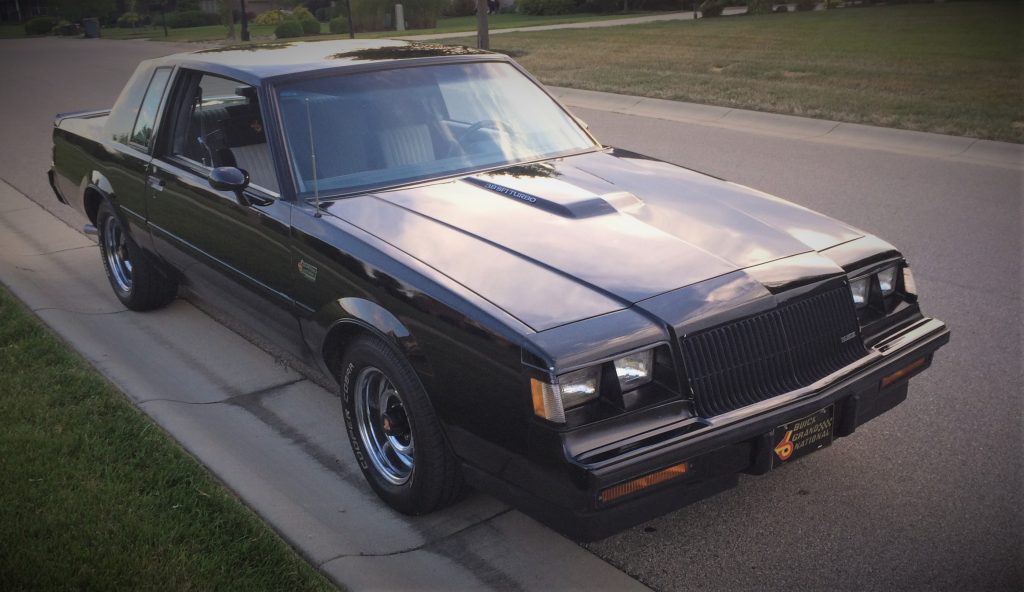
That’s why so many folks are fond of the rolling 25 year window.
Yet even the 25 year mark is itself arbitrary, and with the improved corrosion resistance and engineering of more modern cars, hitting 25 years isn’t the lofty benchmark it used to be.
Still though, if anyone’s able to preserve a vehicle for nigh-on a quarter-century, it’s an achievement. Whether that 25+ year-old car is a well-loved member of the family or simply a reliable way to get to work, it requires effort.
Or—dare we say it—passion?
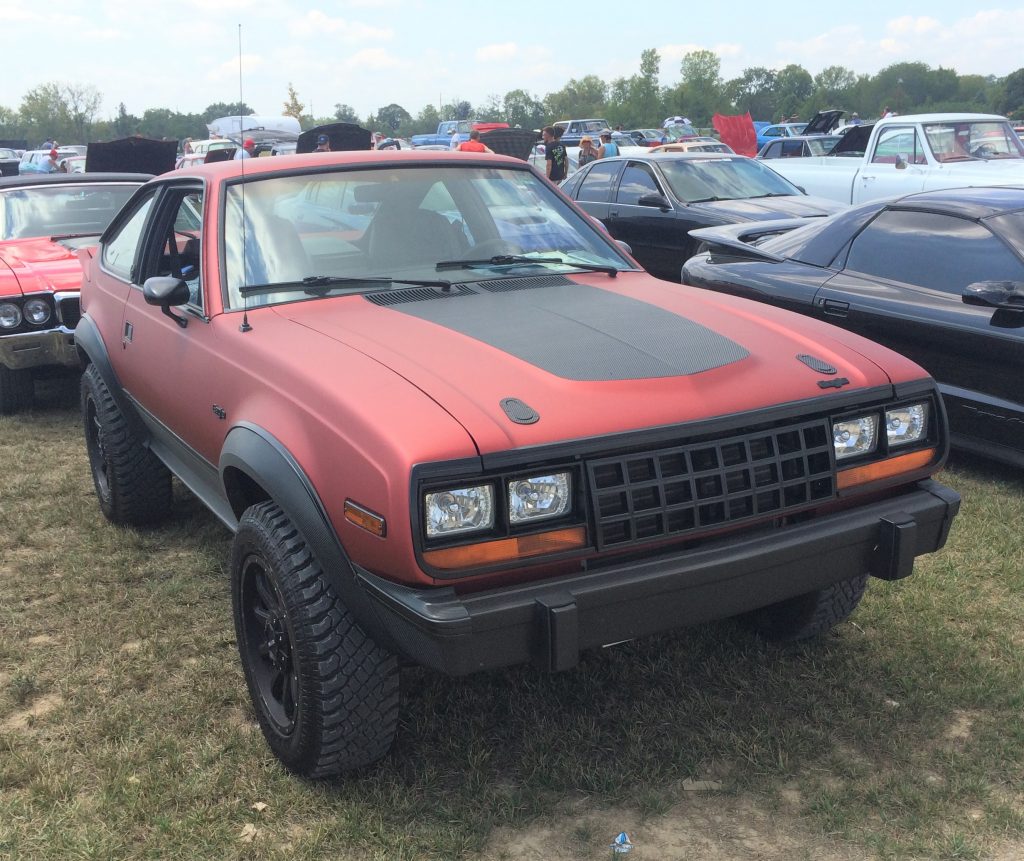
Point is, we’re inclined to give a friendly wave to any vehicle that’s been rolling around for more than two decades or so.
And that also means, at over 40 years old, the 1983 Cavalier that sparked this conversation clearly merits its spot at a classic car show.
Vehicle Type, Number of Doors, or Performance Doesn’t Matter
One of the more interesting aspects of describing an automobile as a “classic,” is that the actual vehicle type is irrelevant—which is why we don’t have any qualms about including trucks, wagons, and sedans in the mix.
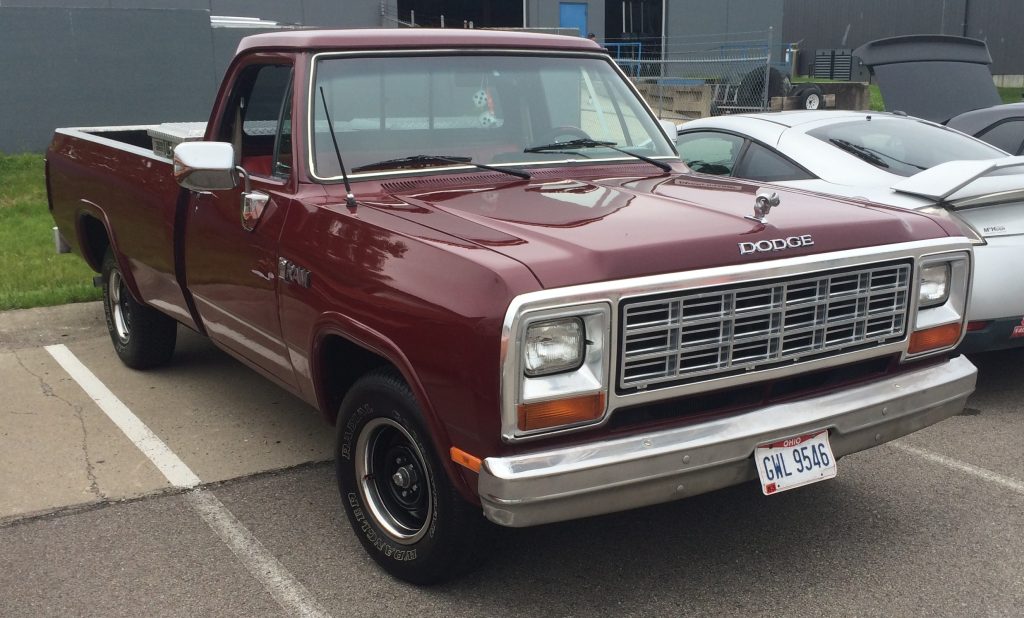
And a cool vehicle doesn’t have to have a rip-snortin’ V8, a flashy aero kit, or a sub-12 second ET to be a classic, either.
Heck, it doesn’t have to have a sub-17 second ET…
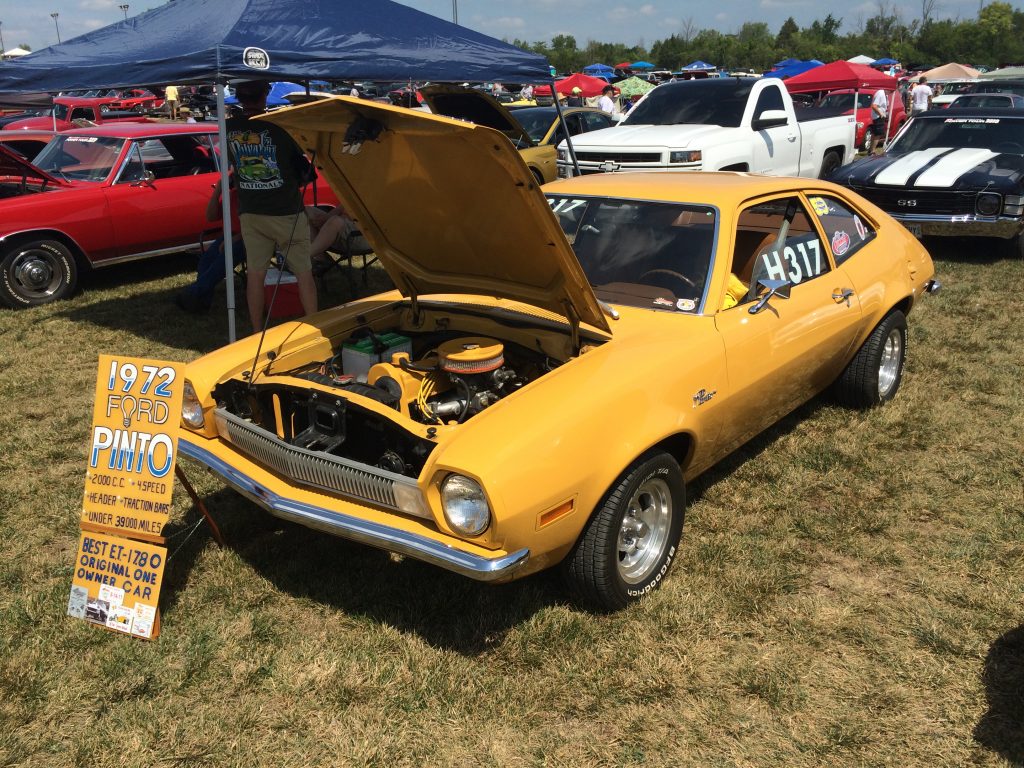
And while sedans and wagons have been overlooked in the past, if any of the recent shows we’ve attended are any indication, then the popularity of longroofs and saloons is on the rise. That increase can probably be attributed to few factors, notably the scarcity (read: price) of coupes—but also the versatility and practicality of having ample space for cargo and passengers
Win-win.
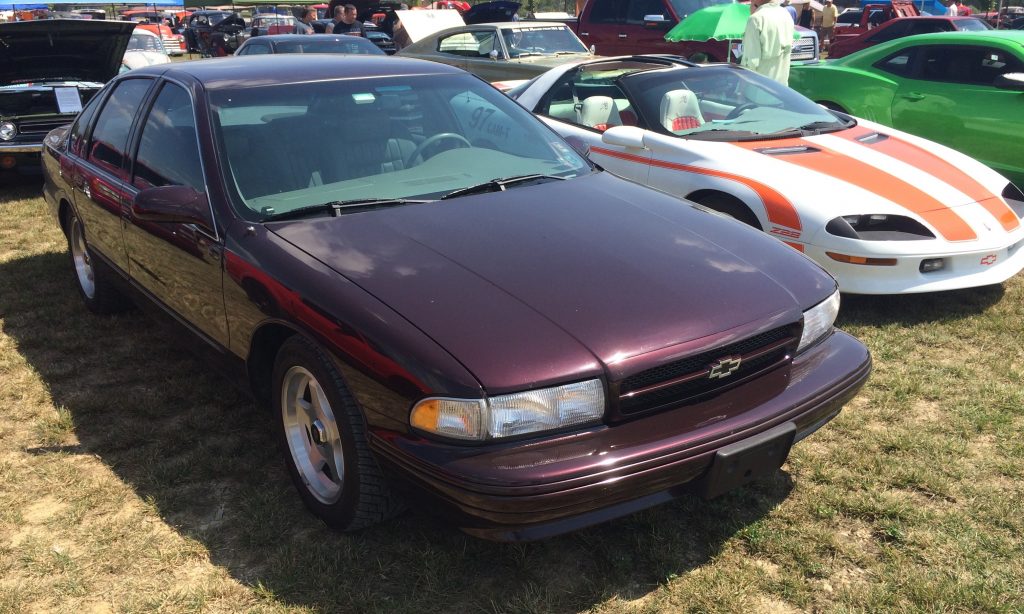
Beyond the body style, engine specs, and build date, the key element here is that the car matters to someone.
Perhaps it’s got a nostalgic tie to an era, or perhaps it was a hand-me-down from a loved relative—maybe the vehicle is just fun to drive.
…And it’s those kinds of rides that often illicit the biggest smiles from onlookers.

The Rise of the Imports
The post-World War II North American automotive market was a unique moment in time, dominated almost exclusively by domestic manufacturers. Couple that with a soaring 1950s American economy, and it’s no surprise to see 1950s- and ’60s-era GM, Ford, Chrysler, and AMC products ruling the car show roost.
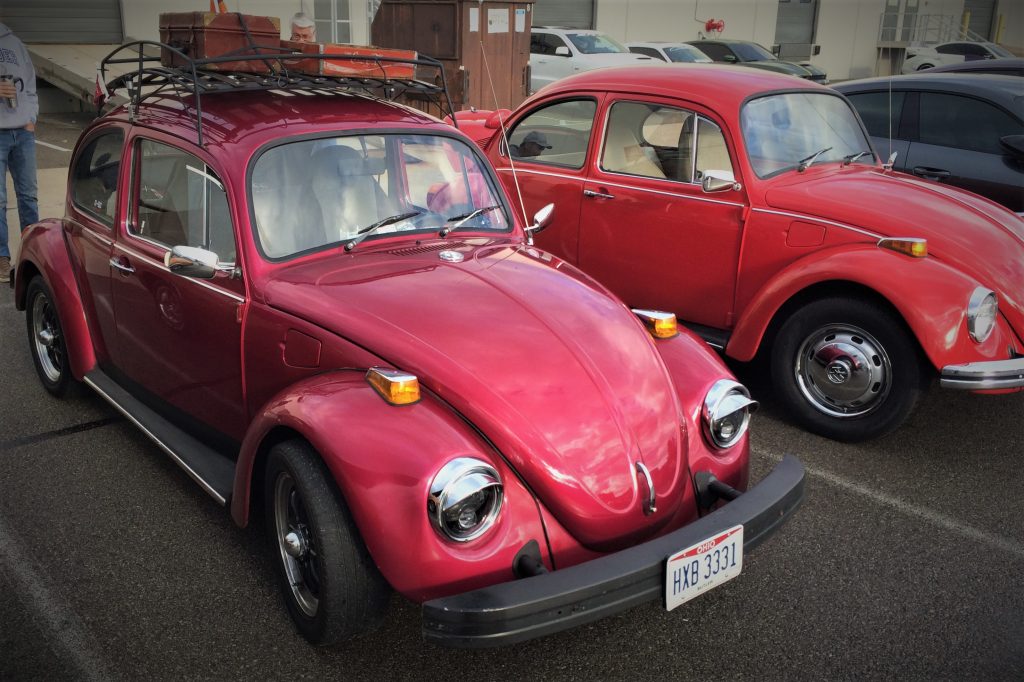
But move into the 1970s and foreign automakers, particularly those from Germany and Japan, got a precious toehold in the United States. (Indeed, the Chevy Cavalier was itself a response to the influx of competitive import economy cars.)
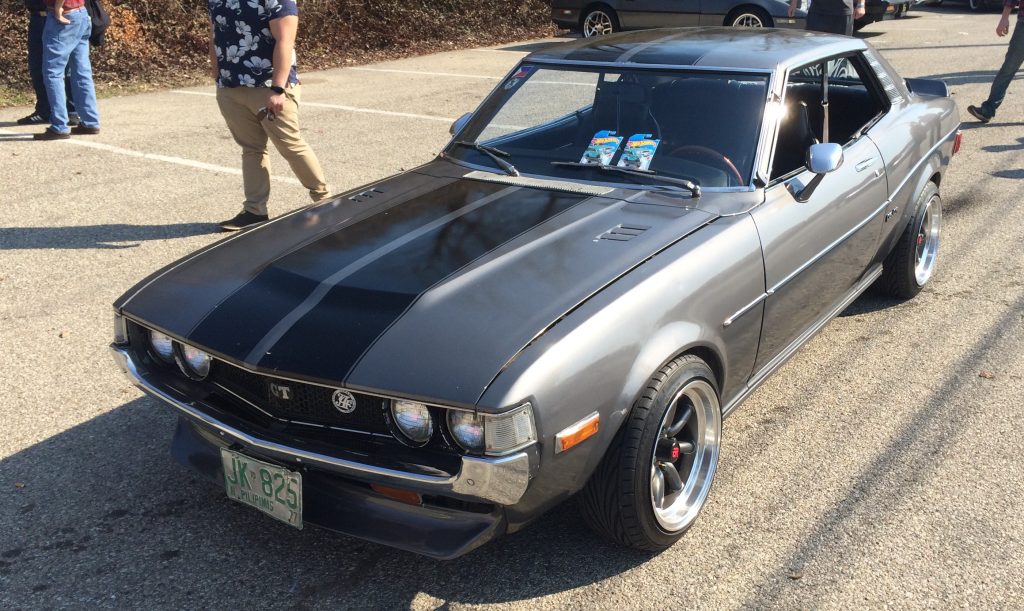
Those economy cars, both import and domestic, were often purchased as budget-minded transportation and, as such, many were driven into oblivion by a one-two punch of rust and teenage drivers.
The end result is that surviving specimens of these previously-ubiquitous cars become familiar (and welcome) attractions at shows—often from folks who remember them when they were all-new models.
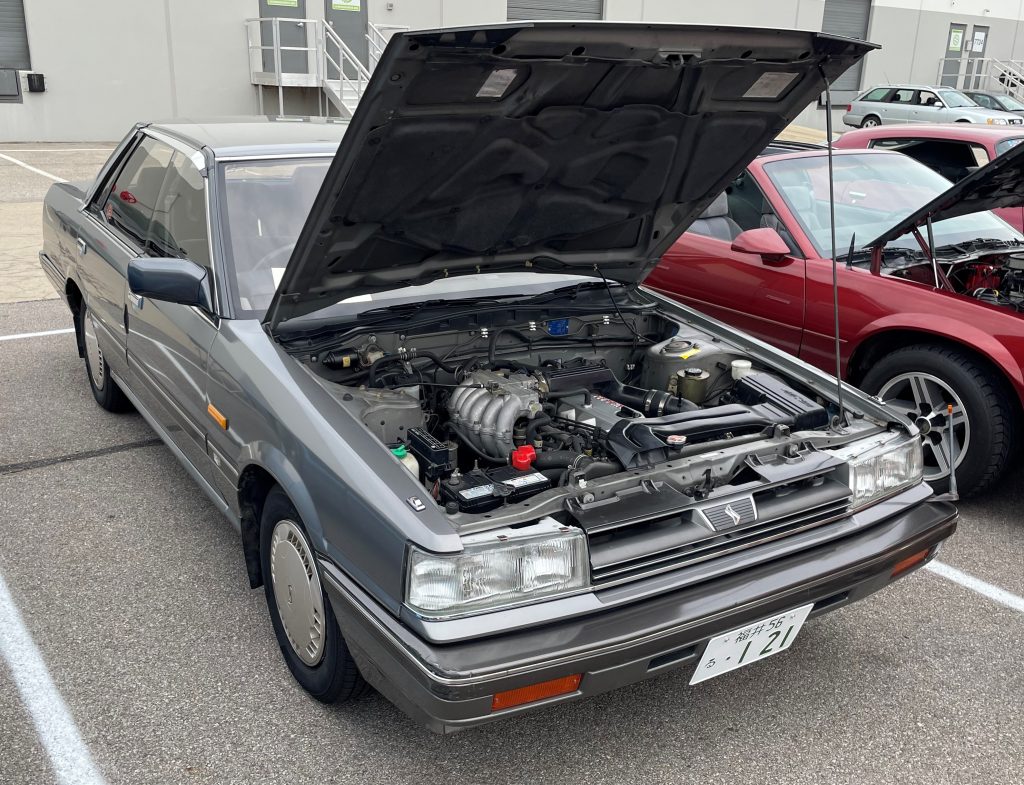
Another thing to consider is that the United States’ 25-year window for importing foreign-market cars is always inching forward, allowing more and more unique rides to come Stateside. In fact, go to a local Cars and Coffee event nowadays and you’ll likely be treated to a recently-imported Japanese Kei car or Euro-Spec sports coupe.
Regardless of where the vehicle came from, much of the gearhead world won’t hesitate in assigning the word “classic” to these rare survivors.

What’s the Next Classic Car?
So then, what is the next classic car on the collector’s horizon?
The answer, of course, is anything you want.
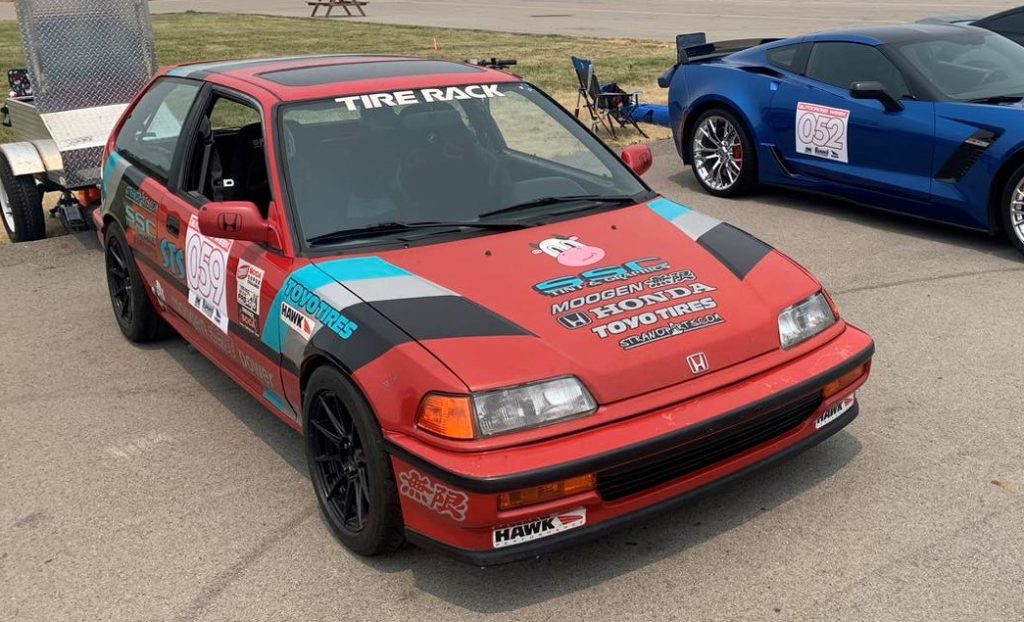
Believe it or not, there was a time when the Foxbody Mustang was viewed as an almost disposable performance car. Today, good, clean examples command a major premium. Same deal with Squarebody Chevy trucks, colonnade-era GM coupes, and sport compacts—all vehicles produced in the tens-of-thousands and once regarded as simple, ordinary transportation.

Sure, it’s easy to point to Corvettes, Vipers, and 911s as classics, and certainly limited run cars like the Chevy SSR and the Plymouth Prowler get into the conversation as well. Yet, if history has taught us anything, it’s that plain-old commuter cars are invited to the classic party too.
And given the rise of vintage station wagons at recent shows, we’re not surprised to see minivans, SUVs, and sport trucks roll into regular Saturday morning Cars and Coffee events, either.
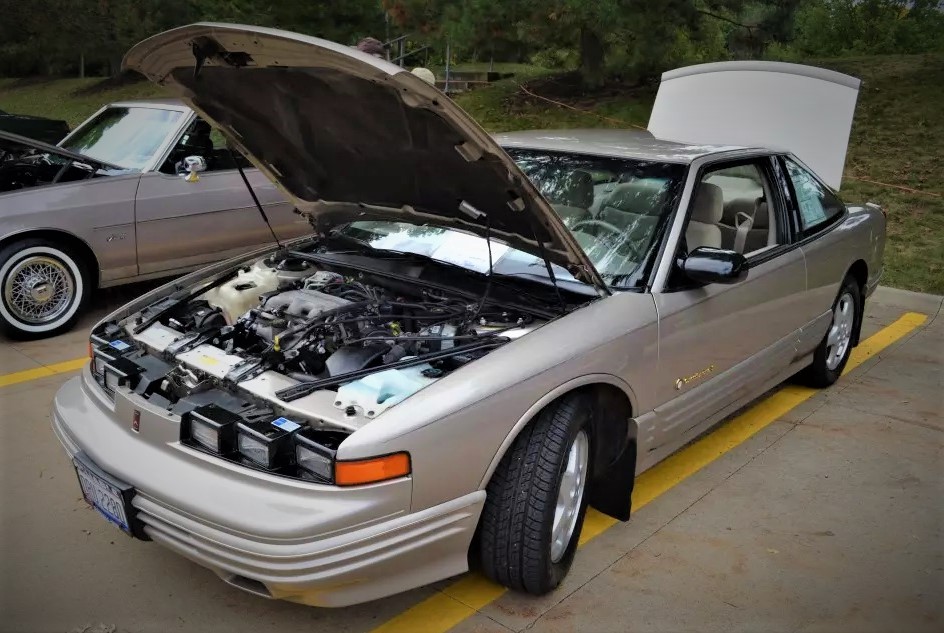
It’s the Culture, Period
If there’s one common thread that winds its way through the classic car world, it’s the culture.
The car, the year, the engine…it all takes a back seat (pun!) to the group of people who enjoy them. So our litmus test for what defines a “classic” is a simple one:
Is the vehicle supported by a group of passionate enthusiasts dedicated to preserving and promoting it?
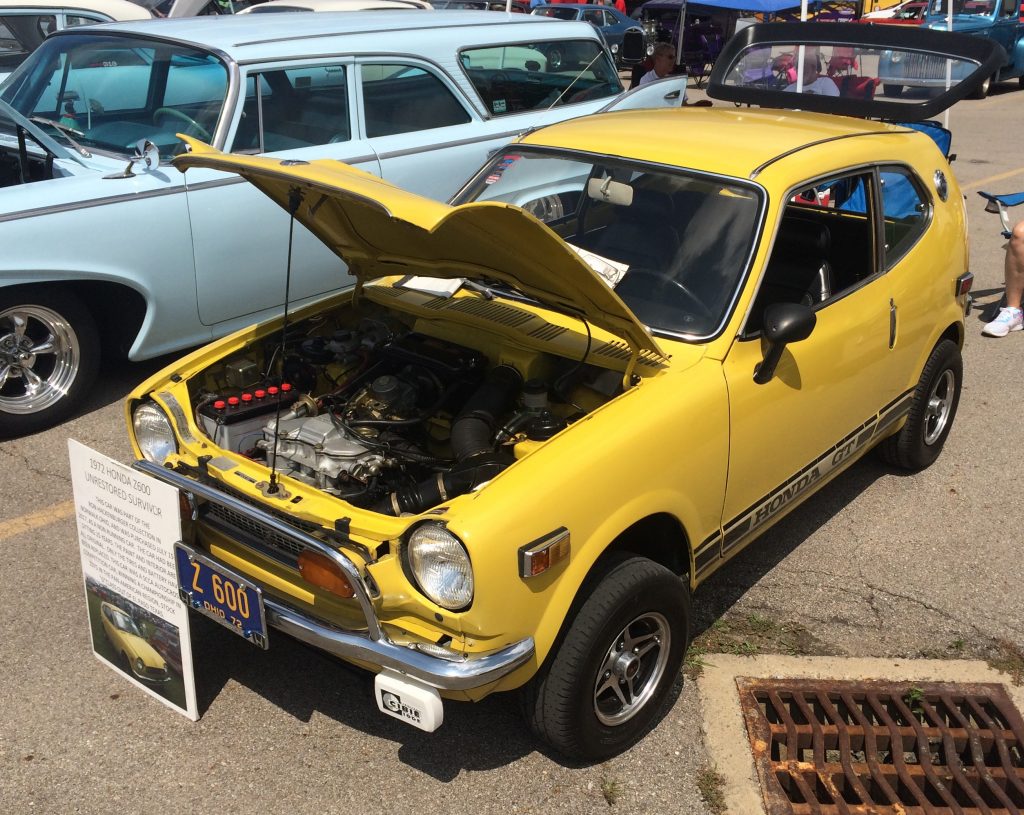
And, spoiler alert, for pretty much any car ever made, the answer is a resounding YES! From Studebakers and Subarus to Lambos and Lincolns, if there’s a car, you’ll likely find a club of closely-knit folks behind it.
And if you don’t, we encourage you to start your own.

The Moral of Our Classic Car Story
If there’s a takeaway to all this, it’s that defining categories and guidelines is perhaps a futile and needless effort—the people matter more than the vehicle.
Remembering our anecdote about the Cavalier at the recent Goodguys show, regardless of what you consider the car to be, it was clear that its owners were extremely passionate about the automobile and went to great lengths to preserve and protect it for future generations.
And isn’t that the whole point of the classic car scene?
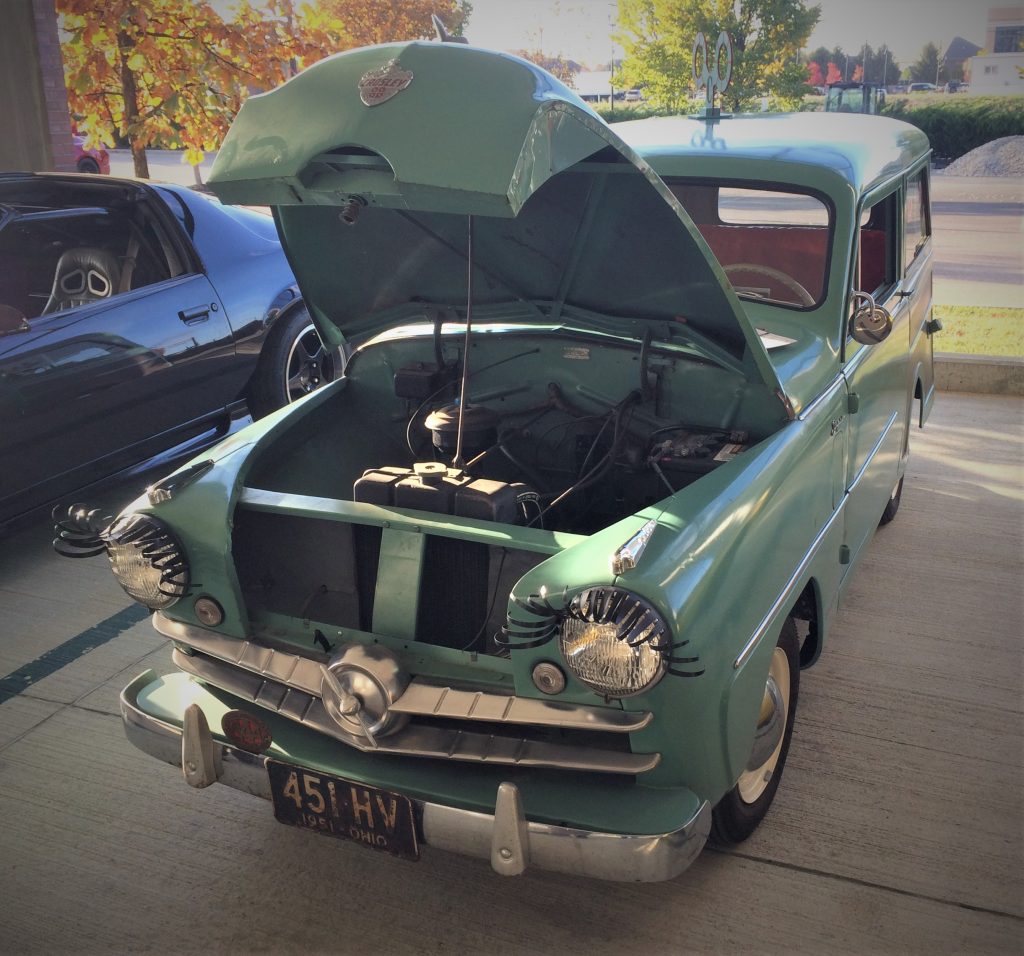

This is a great article. I agree with you time is relative and to each of us differently. A lot of us are at the age now where the 80’s/90’s still seem a short time ago, and don’t understand how a car from that era is a classic, especially in the moment walking around a show. For instance I was at a larger show a couple of weeks ago, and a car from 1993 won an award at first I was like wow that’s odd with all these really nice classics here then it dawned on me that simple 1993 car was 30 years old.. Then reality set in about my age lol…
I’ve also come to the conclusion a lot of these cars and newer Honda’s, Subaru’s etc.. Should be welcomed especially if they are driven by younger kids. I’ve seen so many supposed old “car guys” ridicule and or be down right mean to these kids. And all they are doing is bringing the car they have worked on and can afford etc.. We need to be better at excepting the next generation of gear heads otherwise we and our cars will be forgotten and dismissed as bitter old relics.
Hey Randy, thanks for reading—I honestly thought I replied to your comment earlier, but I guess I forgot to hit submit. But you’re spot on—and moving forward, regardless of the vehicle, if there aren’t public events (car shows, Cars & Coffees, races, Autox) to show them off, then we’re in danger of losing the next generation of gearheads.
…
So yeah, if there’s a common theme you’ll see repeated around this blog, it’s “Get out there and drive your vehicles!”
…
Appreciate your comment—thanks again for giving our story a read.
There are a ton of factors in play and just what kind of event you go to. There is no cut off on special interest cars and they can be new or old.
Then you can get into the classics. What might be classic can be totally stock vs full modified. They may not fit at events the other fits in. I have seen this at shows. Like where a guy shows up in a stock 49 Merc sedan that would do great at a show for stock vehicles but he is at a modified show. Same with imports at a Street Rod show or event.
The trouble today few events are one show fits all.
The real trouble today is you no longer can go buy a cheap Nova and fix it up. A rusty unit may be $15K and then the kid can’t afford the $10K for the paint after he fixes it up. Years ago we got GTO’s for $2K that did not need paint in the 80’s.
Cars and Coffee is a good example of run what you brung. There are no classes and no awards just interesting cars. This is the melting pot of todays scene.
The future is going to be tough with the ever increasing laws and prices. Most younger fans are in decline and even those who are interested are just spectators. The market is getting older.
You can still do some affordable things but you need to be creative, you need to find the right car in the right condition at the right price. Not an easy task but I have seen it done. No it is not a Shelby or COPO but someone could take that Cavalier that is not worth much in good shape and make a good IMSA like Champion Plug like looking car out of it. Lower it better wheels and tires. Maybe a wrap. Racing seats and Momo wheel.
It may never be much for a stock class show. But with some changes. Even a V6 transplant or a new Eco Turbo. I had an HHR SS that was running 23 PSI and 300 HP with no ill effects other than the lack of traction due to FWD. These engines are around and affordable.
Fiero’s with LS engines are easy and affordable.
You just need to be a bit more creative today and find a place to fit in.